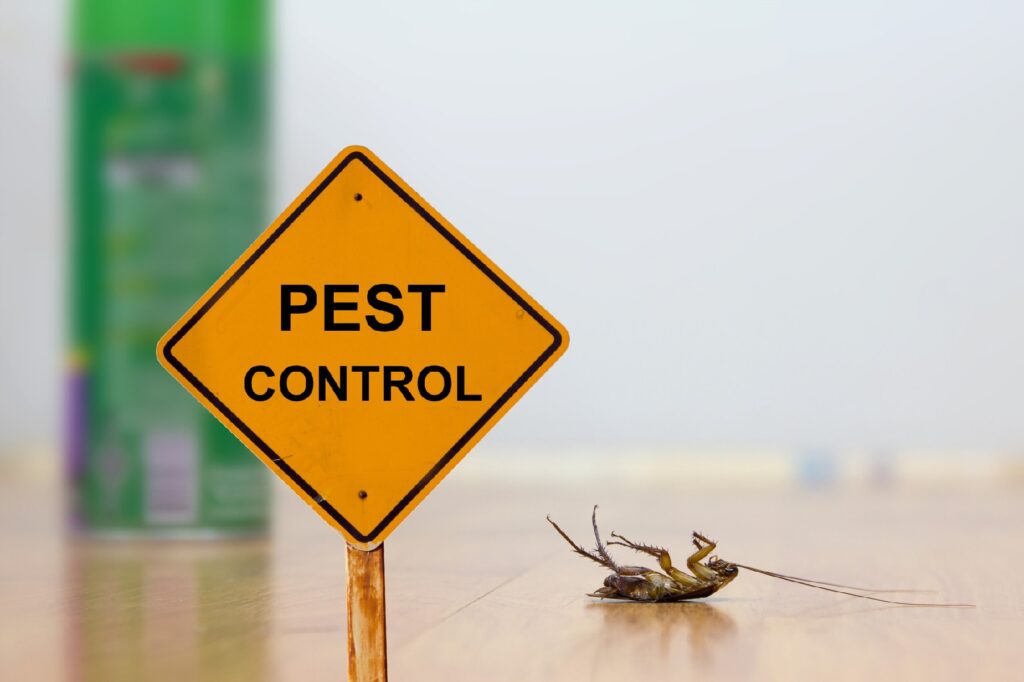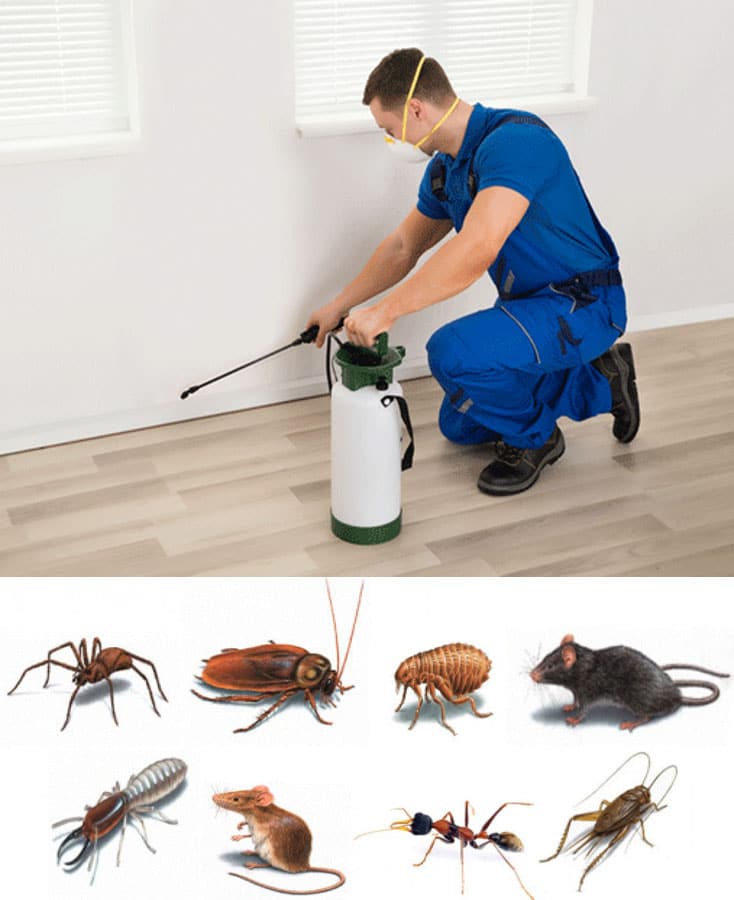Bed Bug Treatment Breakdown: Comparing Chemical Vs. Non-Chemical Solutions
In the world of parasite control, particularly when taking care of the relentless problem of bed pests, the choice in between chemical and non-chemical therapy services can be an essential one. Both methods supply distinct benefits and disadvantages, influencing elements such as performance, safety and security factors to consider, and overall cost. By examining the nuanced details of each technique, a more clear understanding of which course to pursue in attending to a bed pest problem can be attained.
Performance of Chemical Treatments
Chemical treatments for bed insect invasions have actually been widely acknowledged for their fast and powerful effectiveness in getting rid of these parasites. When thinking about the performance of chemical treatments, it is critical to recognize that they can provide a quick and detailed solution to a bed bug problem. Specialist pest control specialists typically rely upon insecticides to target bed pests at numerous phases of their life cycle, including adults, eggs, and nymphs. These chemicals usually work by interrupting the bed insects' nerve system, bring about paralysis and ultimate death.
Additionally, chemical treatments have the advantage of using recurring impacts, meaning that they can proceed to eliminate bed insects also after the initial application. This residual action is particularly beneficial in combating any kind of potential re-infestations. Furthermore, the fast action of chemical treatments can bring alleviation to individuals encountering severe bed insect problems, enabling them to restore control of their space promptly.
Security Interest In Chemical Solutions
One vital facet that requires careful factor to consider when utilizing chemical options for bed pest therapy is making certain the security of passengers and the setting. While chemical treatments can be efficient in removing bed pests, they may posture dangers if not managed appropriately. One of the primary security worry about chemical options is the prospective harm they can cause to human health and wellness. Exposure to certain chemicals made use of in bed pest therapies can lead to respiratory system concerns, skin irritability, or other negative reactions, especially in people with pre-existing problems or sensitivities. Additionally, inappropriate application or dosage of chemical pesticides can result in toxic deposits lingering in the cured area, positioning lasting wellness dangers to residents.
Moreover, the ecological effect of chemical solutions is an additional significant factor to consider. Some chemicals used in bed insect therapies may be dangerous to advantageous bugs, wild animals, and ecological communities if they leach into the soil or water supply. It is important to use chemical treatments carefully, adhering to safety guidelines, and considering less hazardous choices to minimize these dangers and make certain the reliable and secure administration of bed bug problems.
Advantages of Non-Chemical Approaches
Taking into consideration the possible security issues and ecological impact linked with chemical options for bed insect treatment, checking out non-chemical approaches offers an encouraging option with numerous distinct advantages. Non-chemical treatments are ecologically pleasant, as they do not contribute to air or water air pollution, making them a sustainable selection for insect control.
Additionally, non-chemical remedies can be effective in targeting bed pests, including hard-to-reach areas where chemical therapies might not penetrate. Techniques such as heat therapy, vacuuming, heavy steam cleaning, and mattress coverings offer complete eradication without the use of unsafe chemicals. Additionally, non-chemical methods can be much less disruptive, calling for very little prep work and enabling quicker reentry right into treated locations. In general, going with non-chemical bed bug therapy techniques not just prioritizes security and environmental management yet also makes certain efficient and detailed parasite control.
Limitations of Non-Chemical Treatments

In addition, non-chemical therapies often need numerous applications to achieve successful eradication. This can be time-consuming and may not constantly assure total removal of all bed bugs and their eggs, specifically in concealed or hard-to-reach areas.
Furthermore, the success of non-chemical treatments greatly depends on proper application and thoroughness, which can be testing for individuals without professional proficiency. Insufficient application of non-chemical techniques might cause incomplete eradication, bring about consistent invasions and the need for extra treatments.
Consequently, while non-chemical therapies have their benefits, it is vital to recognize these constraints and consider them when identifying the most effective method for taking care of bed pest problems.
Price Contrast: Chemical Vs. Non-Chemical Options
Offered the constraints connected with non-chemical therapies, an important aspect to examine in the context of bed bug administration is the cost comparison in between chemical and non-chemical alternatives. Chemical treatments usually include the application of insecticides by professionals, which can vary from $250 to link $900 per space, relying on the intensity of the invasion and the size of the location to be treated. In contrast, non-chemical treatments like heat therapy or heavy steam can be a lot more pricey, with expenses ranging from $1,000 to $6,000 for an entire home. While the first price of chemical treatments may seem reduced, several treatments might be required to totally remove the invasion, potentially raising the overall price. On the other hand, non-chemical options might supply an extra sustainable and environment-friendly option, although they can be cost-prohibitive for some individuals. Inevitably, when thinking about the cost of bed insect therapy alternatives, it is necessary to evaluate the upfront expenses against the performance and long-lasting sustainability of the chosen approach.
Verdict

Considering the possible safety worries and ecological impact connected with chemical options for bed bug therapy, discovering non-chemical methods offers a promising option with numerous distinctive benefits.Given the restrictions connected with non-chemical treatments, a crucial aspect to examine in the context of bed pest management is the expense contrast between chemical and non-chemical options. In contrast, non-chemical treatments like warm therapy or steam can be extra pricey, with expenses ranging from $1,000 to $6,000 for a whole home. While the initial expense of chemical treatments may seem reduced, numerous therapies my website might be required to fully eliminate the problem, potentially enhancing the general cost.In final thought, when contrasting chemical and non-chemical bed pest treatment options, it is crucial to take into consideration effectiveness, safety, advantages, limitations, and cost.
Comments on “Reliable A1 Bed Bug Treatment in Charlotte - Safe and Proven Approaches”